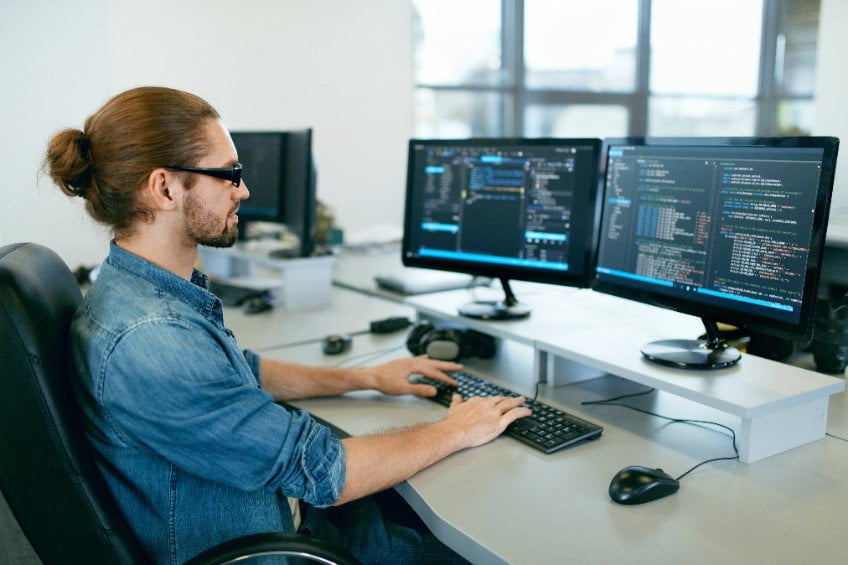Working from home. Working alone

Home working has more than doubled in the US since 2005. In fact, the Huffington Post recently published an article about why the working from home trend is going to continue to grow or even explode. The social, economic and environmental arguments for this shift are very strong. In many major cities, a two hour commute each way is now seen as normal. Not surprisingly, people are exhausted much of the time and they require higher incomes in order to pay for the rising costs of commuting. This has led as many as 50% of the companies in America to at least offer some kind or work from home option. Two of the most common types of home workers are telecommuters and digital nomads.
Telecommuters – People in this category continue to have a work space in the office, but they are allowed to work part time from their home. What kinds of jobs are able to do this: sales, computer technologies, financial, arts, design, media, military, legal, community services, architecture and engineering to name a few. The key cost saving benefits include reduced office space requirements, lower staff turnover, higher morale and greater productivity.
Digital nomads – This group does not have many of the traditional things employees get given to them, like a desk, office or telephone. Instead, they work exclusively from a remote location. Typically this is their home, but it’s also common for people to travel and work at the same time. Organizations who utilize this approach see many benefits, such as lower fixed over-head costs and access to a much larger talent pool than geographically based recruiting allows.
It follows that if your staff are working from home, they are working alone and they need a lone worker safety system to protect them. Just because someone is a home worker doesn’t mean the rules don’t apply. They do.
Do you have employees who work from home or on the road? A key question for you to consider is the risk associated with your home workers. Ok Alone has written a hazard assessment guide designed to help you assess this risk. For example, it provides a very practical way of determining how frequently your lone workers need to check-in. You can download the guide here.
Book a Demo Today
Alternatively, get a free trial of the app
Want to try OK Alone? Click the button below and enter your details. It's free and no credit card is required.





